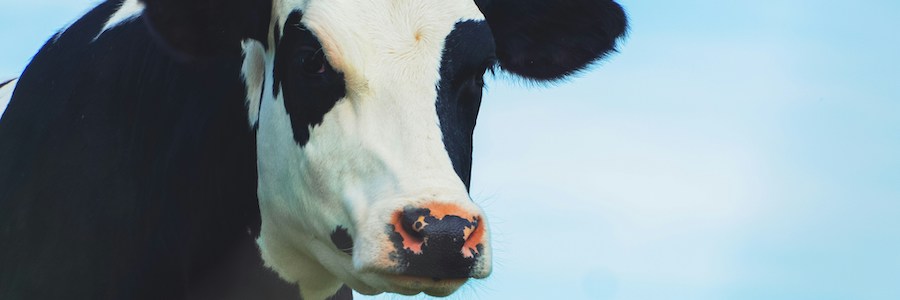With fewer beef cattle in the U.S. (See, My Job Depends on Ag Magazine, March 2024: “U.S. Cattle Inventory at 73-Year Low. What Are the Implications?”) dairy farmers are capitalizing on the opportunity by cross-breeding beef cattle with dairy cows.
The process, called beef-on-dairy breeding, isn’t new but it’s been (and continues to be) refined and is gaining focus and popularity among dairy farmers as a way to increase their income and potentially offer benefits by increasing the supply of beef available to consumers in the U.S.
Dairy cows have been a tangential part of the beef supply chain (representing around 15-20 percent of the total supply) for as long as anyone can remember. When dairy cows complete their life (generally at around 4 to 5 years of age) as milk-producing animals, they’re sold as beef animals. The meat is tougher than most beef cattle breeds and fetches a lower price, both to the farmer and at the grocery store, where it’s usually used for ground beef or sold as lower-quality cuts of beef.
Another traditional source of beef from daries comes from male dairy calves. These males bring little benefit to dairy farms since only females can produce milk. The animals are either raised for veal and harvested at around 6 to 7 months of age or they’re raised to be about 1,400 lbs and harvested at around 2 years of age. They too fetch lower prices than beef cattle but provide some added income to dairy farmers who have no use for the males because they are unable to produce milk.
Modern beef-on-dairy cross-breeding, where dairy farmers breed cows with beef semen, though is a strategic process and is increasingly becoming a focused part of the business model for numerous dairy farm operations, including in California and elsewhere in the west and southwest.
Beef-on-dairy also is the subject of extensive research programs at universities with major agricultural programs, like UC Davis, Texas A&M, Colorado State University and others.
According to researchers, some of the benefits of beef-on-dairy cross-breeding include: increased efficiency, a more sustainable herd, faster calf growth, higher quality (than dairy cow culls) beef, increased profitability, more traceable calves.

The growth of beef-on-dairy began in 2016 when Tyson Foods, one of the country’s largest meat packers, stopped accepting Holstein steers into its meat packing plants. As a result, Holstein bull prices collapsed to $20 a head. Dairy farmers then started buying more beef semen to increase the value of their calves.
The shrinking of the beef cattle herd in the U.S. and the resultant strain on the consumer and institutional beef supply is serving as the second – and much more significant in terms of growth of the process – springboard for beef-on-dairy.
The U.S. has an estimated shortage of over 3 million beef cattle and many people in the industry are looking to beef-on-dairy cross-breeding to help fill that gap in a significant way. For dairy farmers it also offers the potential to serve as a new and profitable revenue stream.
Most U.S. dairy farmers report that their input costs keep going up but the price of milk stays the same, the net result being that milking cows is becoming a non-economically sustainable business.
One solution for them has been to sell their dairy farms, resulting in consolidation. (See the Farm to Fork Column in this month’s My Job Depends on Ag Magazine.) Another solution has been to go out of business. There are far fewer dairy farms in the U.S. today than there were just a decade ago due to both of these reasons. The current trend, which is going to continue, is to have bigger but fewer dairy farms.
Diversifying their farming operations can be a positive economic solution for many dairy farmers struggling to make a profit by only milking cows.
The number of beef-on-dairy calves is expected to continue to grow as the nation’s beef cattle herd continues to shrink, which it is doing. For this reason there’s a growing acceptance of beef-on-dairy animals by cattle feeders and beef packers.
Dairy farmers are fetching much higher prices for their beef-on-dairy animals than they do for their culled animals, which is leading an increasing number of these farmer-entrepreneurs to give it a try as part of diversifying their operations and creating a new revenue stream for their dairy farms.
My Job Depends on Ag Magazine columnist and contributing editor Victor Martino is an agrifood industry consultant, entrepreneur and writer. One of his passions and current projects is working with farmers who want to develop their own branded food products. You can contact him at: [email protected].







